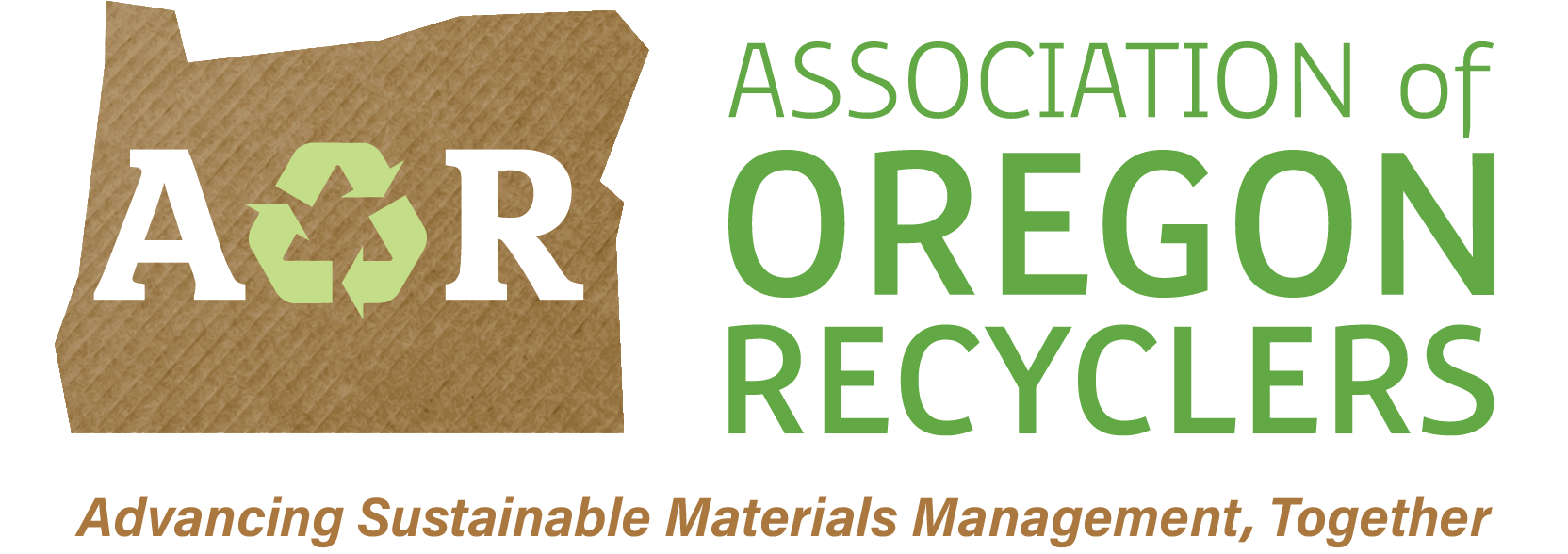AF&PA in Conjunction with MIT release White Paper on Effects of China Import Policy
There has been much interest among paper industry stakeholders about how China’s recovered paper import policy might affect the recovered fiber supply chain.
AF&PA is collaborating with the Massachusetts Institute of Technology (MIT) to develop a more comprehensive understanding of the tradeoffs of changes in paper recovery and recovered fiber utilization choices. MIT developed a white paper to examine the potential effects of the China import policy throughout the recovered paper supply chain, applying assumptions and methodology drawn from their research. We felt this was valuable information and wanted to share it with external stakeholders.
The MIT report quantifies the recovered fiber (primarily mixed paper) likely to be affected by the China import policy, estimates how much of this material could be consumed by the U.S. paper manufacturers, and summarizes approaches to address the “gap” between current and previous exports of recovered paper to China. We used 2016 data as the basis of the study, as this represented a “reasonable” time period that was recent but not yet affected by the policy. The MIT report takes a snapshot in time, with assumptions and recommendations based on the state of play in 2016 and 2017.
•Of the mixed paper that would have otherwise been exported to China, the U.S. mills could absorb about 30 percent of that volume.
•The sectors of the industry best suited to absorb additional mixed paper are Containerboard, Away-from-home Tissue and Recycled Paperboard.
•Options to address the “gap” included improving the quality of collected materials, improving processing technology, educating stakeholders and finding alternative markets for recovered paper.
The paper industry, its markets for end products and fiber supply are extremely dynamic. Many changes in the recovered paper supply chain have occurred since China first imposed its policy. Market forces and industry responses are adapting to address the “gap” created by the China export policy implementation:
•Domestic consumption of mixed papers in existing mills is anticipated to increase in 2018 and 2019.
•New manufacturing capacity coming online in 2019-2021 will create additional domestic demand for recovered fiber.
•Exports of recovered paper to non-China Asian countries grew by 113 percent during the first half of 2018 compared to the same period in 2017.
•Processing improvements are in development – new technology and investment in repulping capability will enable mills to access more fiber from marginal quality streams.
•Increased awareness of the importance of quality in processing recyclable materials is causing municipalities to improve the performance of materials recovery facilities.
